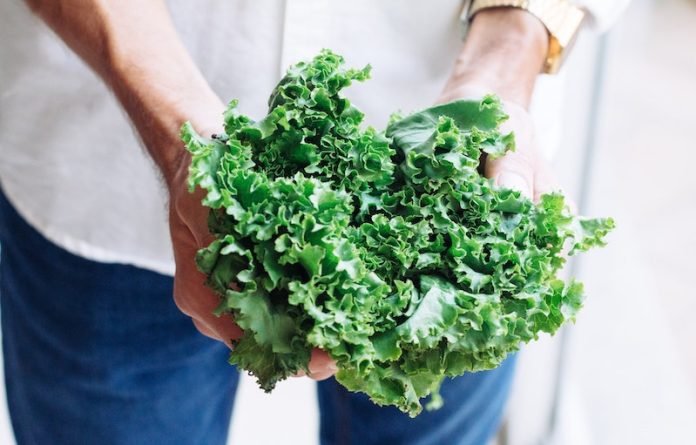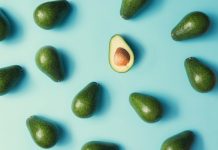
Breaking bones can be life-changing events—especially as we age when hip fractures can become particularly damaging and result in disability, compromised independence, and a higher mortality risk.
In a study from Edith Cowan University and elsewhere, scientists found there may be something you can do to help reduce your risk of fractures later in life.
They looked at the relationship between fracture-related hospitalizations and vitamin K1 intake in almost 1,400 older Australian women over a 14.5-year period from the Perth Longitudinal Study of Aging Women.
The team found women who ate more than 100 micrograms of vitamin K1 consumption—equivalent to about 125g of dark leafy vegetables, or one to two serves of vegetables—were 31% less likely to have any fracture compared to participants who consumed less than 60 micrograms per day, which is the current vitamin K adequate intake guideline in Australia for women.
There were even more positive results regarding hip fractures, with those who ate the most vitamin K1 cutting their risk of hospitalization almost in half (49%).
The results were further evidence of the benefits of vitamin K1, which has also been shown to enhance cardiovascular health.
These results are independent of many established factors for fracture rates, including body mass index, calcium intake, Vitamin D status, and prevalent disease.
Basic studies of vitamin K1 have identified a critical role in the carboxylation of the vitamin K1-dependant bone proteins such as osteocalcin, which is believed to improve bone toughness.
A previous study indicates dietary vitamin K1 intakes of less than 100 micrograms per day may be too low for this carboxylation. Vitamin K1 may also promote bone health by inhibiting various bone resorbing agents.
The team says eating more than 100 micrograms of vitamin K1 daily was ideal—and, happily, it isn’t too difficult to do.
Consuming this much daily vitamin K1 can easily be achieved by consuming between 75–150g, equivalent to one to two serves, of vegetables such as spinach, kale, broccoli, and cabbage.
It’s another reason to follow public health guidelines, which advocate higher vegetable intake including one to two serves of green leafy vegetables.
If you care about bone health, please read studies about vitamins that could help reduce bone fracture risk, and Krill oil could improve muscle health in older people.
For more information about nutrition, please see recent studies that olive oil may help you live longer, and vitamin D could help lower the risk of autoimmune diseases.
The study was conducted by Dr. Marc Sim et al and published in Food & Function.
Copyright © 2022 Knowridge Science Report. All rights reserved.



